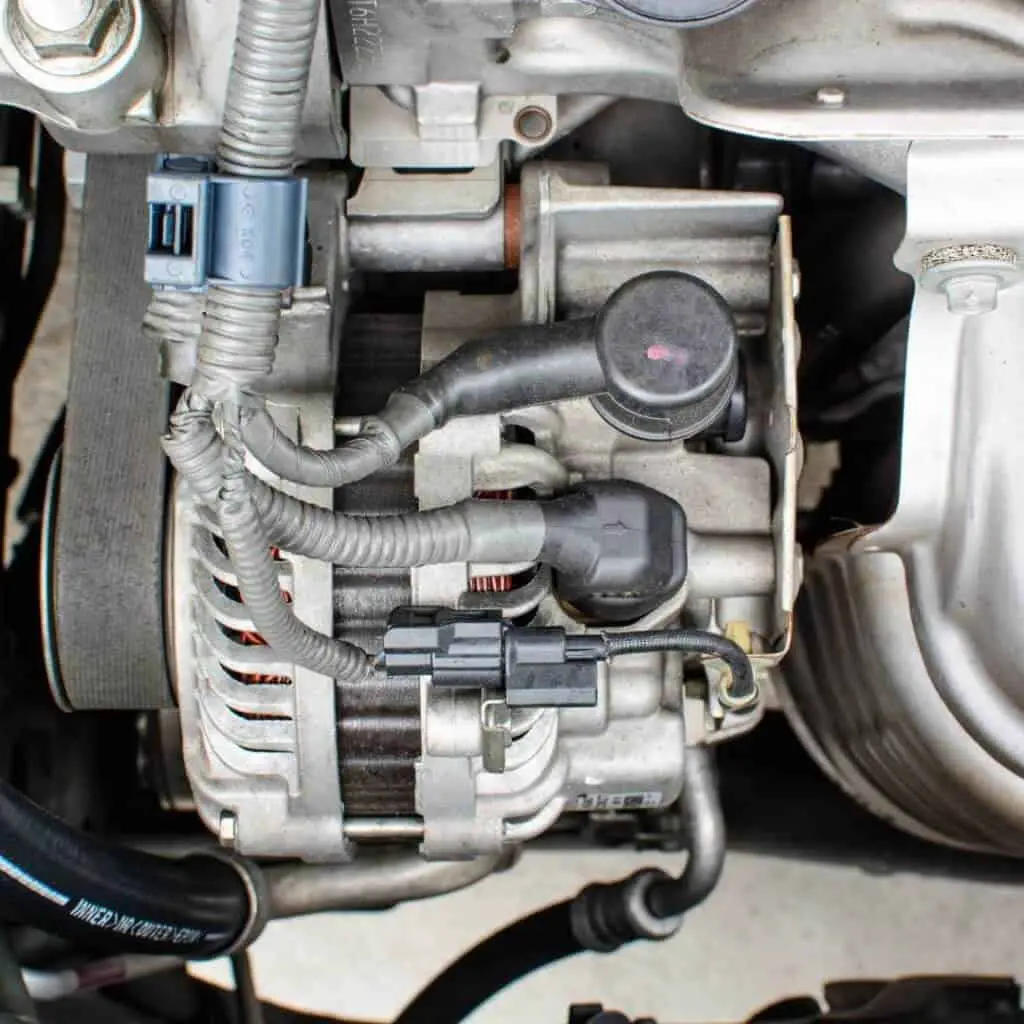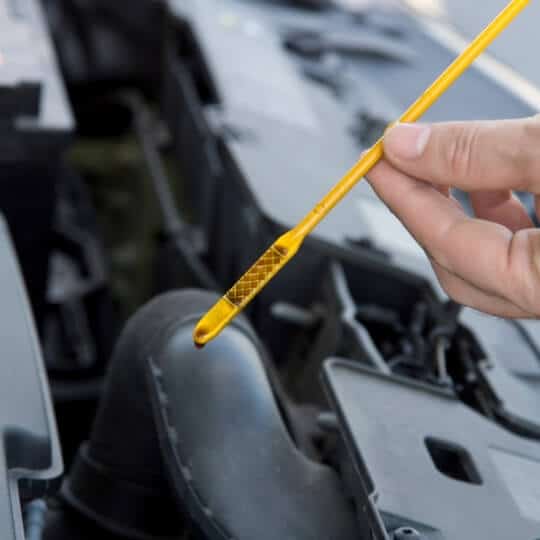Do dead car battery tricks even exist? You might get into trouble if your car’s battery dies and it stops running out of the blue.
Nobody is able to tell where or when their automobile battery will stop working. It can happen in a remote place without a replacement parts store. Or even worse, there might be no phone service there, making it impossible to call for assistance.
Ideally, the starting motor should start the engine every time the ignition key is turned or the “Start” button is depressed. The component responsible for this is the 12-V lead-acid car battery, which comes as standard equipment on almost all vehicles. But when the battery dies, you need to know how to go about fixing it. [1]
What are the signs of a dead car battery?

- Corrosion on the Connectors
The easiest way to determine if a car battery needs to be replaced is to check if its terminals are corroded. It’s time to swap your car battery if you notice a crystal-like or blue-green substance encrusted on those connections. While the dead battery can be wiped or scrubbed, battery acid leaks are a warning that your battery is dying. [2]
- Damaged battery case
The car’s battery is no different from the tiny cell phone battery in that you don’t want to notice a bulge or swelling. Because cases are normally rectangle-shaped, you can detect a swelling, cracking, or bulbous side of the case. This could indicate that something is seriously wrong.
- A rotten egg smell under the hood
The sulfur odor indicates a leak in your battery acid. One of the most obvious symptoms that a car battery is failing is leaking battery acid. Hydrogen sulfide gas, which smells similar to well water, rotten eggs, and sewers, is produced when the lead-acid battery is dying.
- Dimming headlamps
A damaged battery will cause sudden electrical problems for your vehicle. The car headlights will suddenly become less bright or even flicker if the battery is damaged or has outlived its usefulness.
- Electricity Problems
General electrical issues, which could affect your entire dashboard or electrical system, are indications that your battery is dying.
- Slow Engine Start-Up
The three most common causes of ignition clicks are a defective starter, alternator, or, more frequently, battery. The starter receives a charge from the battery and uses the energy to turn the engine. When there is insufficient power, the engine cranks (or “turns over”) very slowly or makes a clicking noise when you turn the key.
Tricks to charge a dead car battery

- Use a dedicated charger
If your battery is severely discharged, the best option is to jumpstart the car. Alternatively, consider connecting it or a dedicated charger designed for such batteries before or after a jumpstart.
These chargers are made to recharge a dead battery to its full capacity safely. You may not even need to take the car’s battery out most of the time.
- Jumpstart
To jumpstart the vehicle, you may only need jumper cables, a second battery, a battery booster, or another vehicle. Don’t turn off the engine because the dead battery won’t accept a charge!
Note: A frozen battery can explode if you try to jumpstart it. First, let it defrost before trying to charge it.
- Distilled Water
If the battery electrolyte level is low, adding distilled water to completely immerse the plates might be sufficient. This could allow the engine to turn for a few more revolutions.
- Epsom Salt
Epsom salt, also known as magnesium sulfate, is easily accessible at grocery stores, hardware stores, and pharmacies. A stronger acid, such as Epsom salt, might be added to the electrolyte mixture to tip the chemical balance and provide enough energy to start the engine. Fill each cell with 14 to 12 inches of the electrolyte after dissolving 1 part Epsom in 3 parts warm water. [3]
- Aspirin
Picture yourself on a remote camping trip with only a few water bottles and aspirin available in your van. Strange as it may seem, the electrolyte mixture can be chemically changed using aspirin (which contains acetylsalicylic acid).
12 Aspirin tablets, either the 325-mg or 500-mg variety, should be crushed and dissolved in roughly 6 ounces of warm water. Then, ensure the plates are submerged by adding more water. [4]
- A can of Coke
One of the best dead car battery remedies is to use Coca-Cola to remove the corrosion for an immediate cure. Your battery’s acid releases hydrogen gas, which leads to battery terminal deterioration. This process deposits a white, greenish, or light blue material on the terminals or wires, preventing the battery from conducting electricity.
Coke’s carbonic acid will remove rust and corrosion without interfering with the leaky battery acid. To get your car ready for a jump back into action, disconnect the battery wires, pour the Coke over the rust, and wipe away the waxy substance. [5]
- Trick the car computer
Not all electrical issues in the car are caused by a dead battery. It might be the computer misbehaving and preventing the vehicle from starting. This issue could be caused by a faulty temperature probe or a vacuum leak because the computer tracking your car’s systems is extremely sensitive to changes.[6]
For example, the car’s computer may be sensing excessive air and not sufficient fuel in the engine if your temperature sensor is malfunctioning. Similarly, if one of the vacuums connected to the engine leaks or clogs up, the engine may lose power. In both situations, you can fix the issue by stepping on the gas pedal before you turn on the engine to give it additional fuel.
This dead vehicle battery trick can help you get to your technician in time to fix the problem properly since it tricks the computer into believing your engine is fine.
- Apply some vaseline
This list will not be complete without mentioning petroleum jelly. A good amount of petroleum jelly, Vaseline, or another brand will stop rusting of the battery terminals during the cold season. Many cars have problems starting when the temperature drops because the engine’s motor oil thickens in cold weather.
This makes the battery in your car work harder. So it’s a good idea to apply petroleum jelly to the car battery at the end of the summer to keep it in peak condition all year.
Give it Some Time
Here’s a widespread misconception: cold weather will ruin your car’s battery. Instead, the chemical reaction that powers your battery is slowed down by the cold weather. As a result, the battery might struggle the most when it is the coldest part of the day.
You might be lucky with the battery later in the day if you give your car some time to warm up after starting it up. Furthermore, just because your car starts does not guarantee your battery is in good shape. You’ll probably wake up the next morning to find the battery dead once more if it isn’t replaced properly.
Check for Corrosion
Corrosion—particularly in cold weather—can hinder your car from starting. Corrosion causes the battery to lose charge, and its capacity to jumpstart is constrained. You can have the terminals professionally cleaned or replaced to eliminate corrosion.
If the car is still having trouble starting even after cleaning the terminals, you might need to replace the battery immediately. The starting system, alternator, or other equipment damage could be the cause. You might need to visit a mechanic in this situation for a battery/starting unit inspection.
How to Jumpstart Vehicle?

In case the car battery in your car dies, you might be able to jumpstart it using jumper cables and a kind stranger’s car. First, ensure that the battery in the other car has at least the same voltage as your own [7].
It doesn’t matter if the other car has positive ground and yours a negative ground. Similarly, if the vehicle has an alternator and the other car has a generator just ensure that the cables are connected correctly.
Follow these instructions to jumpstart a vehicle safely:
- First, get your jumper cables ready. Investing in a set of jumper wires and storing them in the boot is a smart move. If you don’t own jumper cables, you’ll need to find a sympathetic stranger who is eager to help you and happens to have some.
- Put both vehicles in Park or Neutral, and then turn them off. Also, set the parking brakes on both wheels.
- Connect one end of the red crocodile clip to your battery’s positive terminal. It is larger than the negative terminal or bears the letters “POS” or “+.”
- Attach the other end of the clip to the positive terminal of the other car.
- Next, attach one end of the black crocodile clip to the second battery’s negative terminal.
- Affix the final black clip to a surface of the metal on your car that is unpainted and far from the battery. Make use of one of the metal struts holding the hood open.
- Turn on the engine of the functional vehicle and let it run for a while.
- Attempt to start your car. Ensure that the wires are connected properly and get the other person to run their engine for five minutes if it still won’t start. Then attempt to restart your vehicle. Your battery might be beyond repair if the car still won’t start.
- Don’t turn off your engine after jumpstarting your car. At least 15 minutes should be spent driving about to replenish your battery. The battery needs to be replaced if the automobile won’t start the next time you use it because it isn’t keeping a charge.




